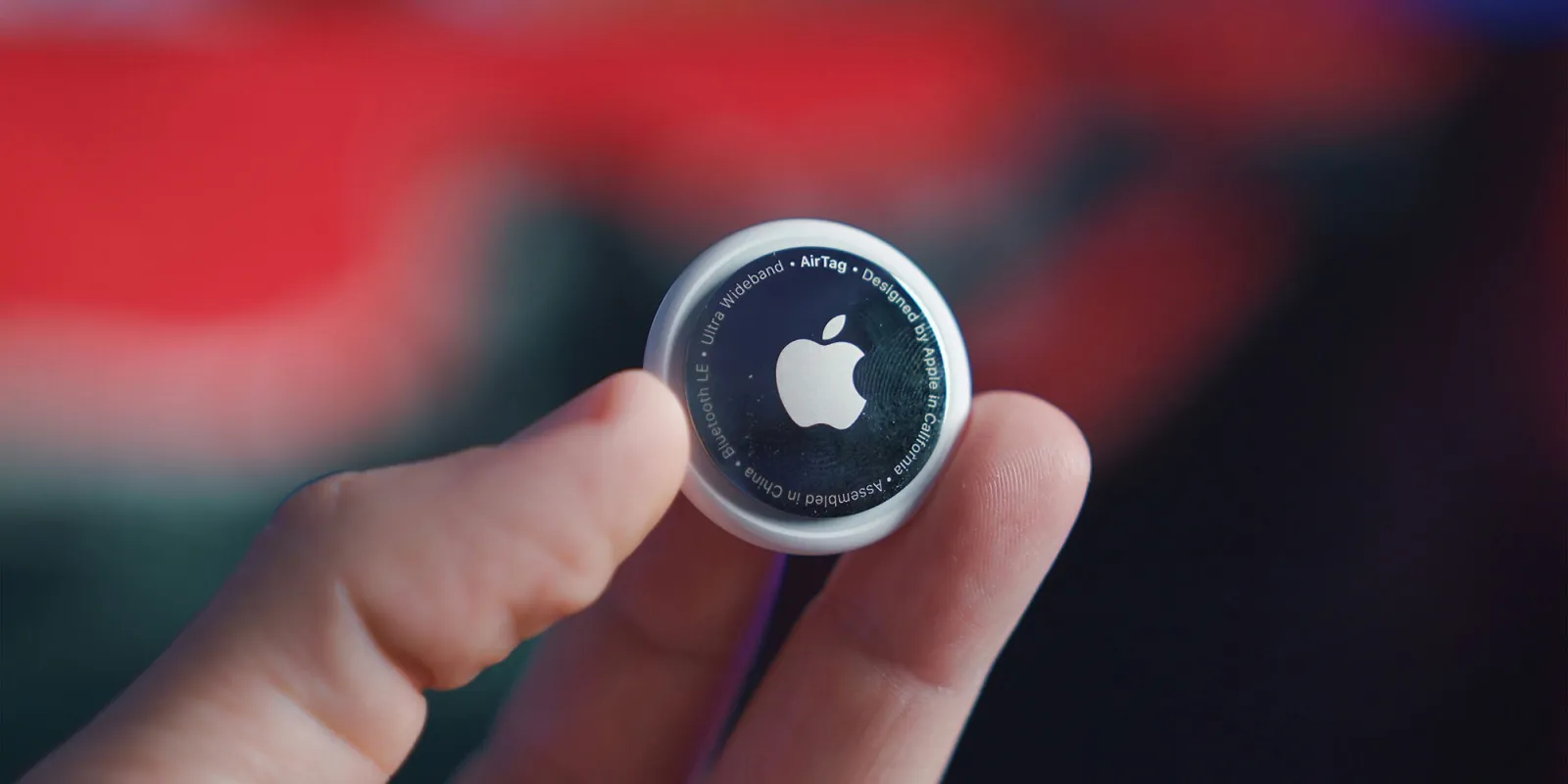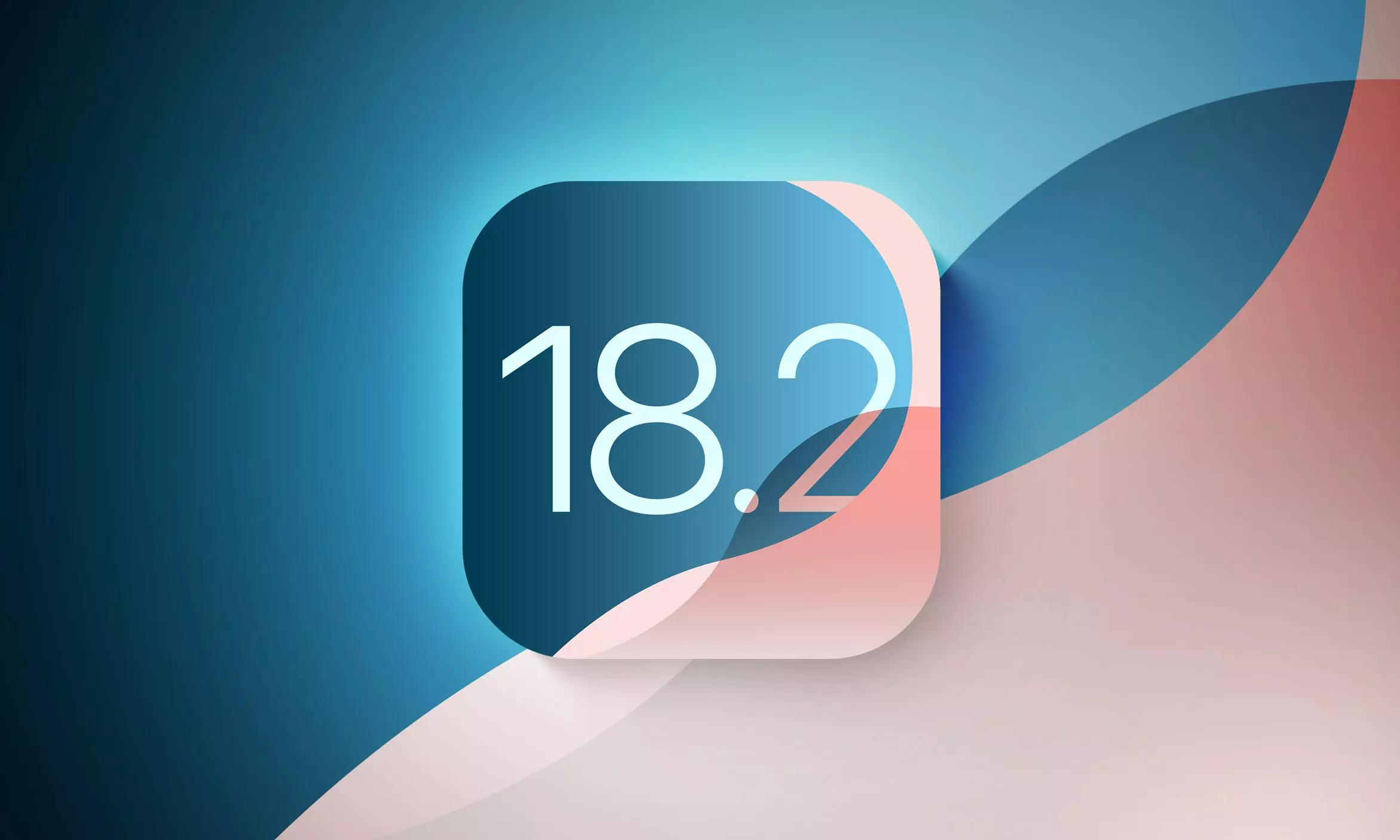The tech world is abuzz with rumors and reports surrounding Apple’s ambitious plans for its smart home ecosystem and potential innovations in input devices. Recent insights from Bloomberg’s Mark Gurman and other sources paint a picture of a company poised to significantly expand its presence in the home and potentially revolutionize how we interact with our computers. This expansion, however, raises questions about Apple’s long-held product development philosophy.
The Magic Mouse Reimagined: Voice, Gestures, and the Future of Interaction
For years, the Magic Mouse has been a staple on desks alongside Macs. Now, whispers of a significant redesign are circulating. While concrete details remain scarce, the possibility of integrating voice control into a future iteration of the Magic Mouse has sparked considerable interest. Gurman himself acknowledged the logical appeal of such a feature, especially in the context of advancements in artificial intelligence. Imagine seamlessly dictating commands, controlling applications, or even interacting with a more sophisticated Siri directly through your mouse.
This speculation aligns with reports suggesting Apple is exploring a combination of touch, voice commands, and advanced hand gestures for the next Magic Mouse. While some initially interpreted these reports as confirmations, Gurman clarified that the focus is primarily on a more ergonomic design and enhanced gesture support. However, he didn’t dismiss the long-term potential of voice integration. He suggested that while current Macs already offer robust voice control, the inclusion of this feature in the Magic Mouse could be a strategic move to future-proof the device, anticipating potential use cases five to ten years down the line.
The current Magic Mouse hasn’t seen a major overhaul since the Magic Mouse 2 in 2015, with only minor updates like new colors and a switch to USB-C charging. This long refresh cycle further supports the idea that the next iteration will be a substantial leap forward. Gurman has previously hinted at a “full overhaul,” including relocating the charging port from its inconvenient bottom placement. The convergence of these reports suggests that the next Magic Mouse, potentially arriving around 2026 alongside rumored OLED MacBooks, could represent a paradigm shift in how we interact with our computers.
Apple’s Smart Home Ambitions: A Challenge to “A Thousand No’s”
Beyond input devices, Apple is reportedly preparing a major push into the smart home market. Gurman has outlined a series of new Home products slated for release starting in 2025, including a new smart display dubbed “HomePad,” a refreshed HomePod mini, and an updated Apple TV 4K. Looking further ahead, plans are reportedly in motion for Apple-branded smart home cameras and video doorbells with smart lock integration.
This aggressive expansion into the smart home domain raises an interesting question about Apple’s long-standing product development philosophy. The company has famously adhered to the principle of “a thousand no’s for every yes.” This philosophy, emphasized in a video at WWDC 2013, underscores Apple’s commitment to focus and selective product development. The idea is that by saying “no” to numerous potential projects, Apple can concentrate its resources and expertise on creating a few truly exceptional products.
The planned expansion into smart home accessories, particularly with cameras and doorbells, seems to deviate from this principle. Historically, Apple has largely left the development of HomeKit accessories to third-party manufacturers. While the new “HomePad” fits comfortably within Apple’s existing Home ecosystem, the cameras and doorbells represent a significant departure. They venture into a territory previously occupied by third-party partners and raise questions about Apple’s future strategy.
Will this foray into smart home accessories open the door to other Apple-branded products like smart light bulbs, air purifiers, or other connected home devices? While it’s unlikely Apple will suddenly flood the market with a plethora of accessories, the decision to produce cameras and doorbells signals a shift in approach. These products likely leverage existing Apple technologies and integrate seamlessly within the Apple ecosystem, which may explain their development. However, it prompts speculation about how Apple now decides which products to create in-house and which to leave to its partners.
The Balancing Act: Innovation and Focus
Apple’s ambitious plans for both input devices and the smart home present a fascinating dynamic. The potential for a voice-controlled Magic Mouse and a robust suite of smart home products is exciting for consumers. However, the expansion also raises legitimate questions about Apple’s ability to maintain its renowned focus and dedication to quality. The company faces the challenge of balancing innovation and expansion with its long-held philosophy of selective product development. Whether Apple can successfully navigate this balance will ultimately determine the success of its ambitious plans for the future.




